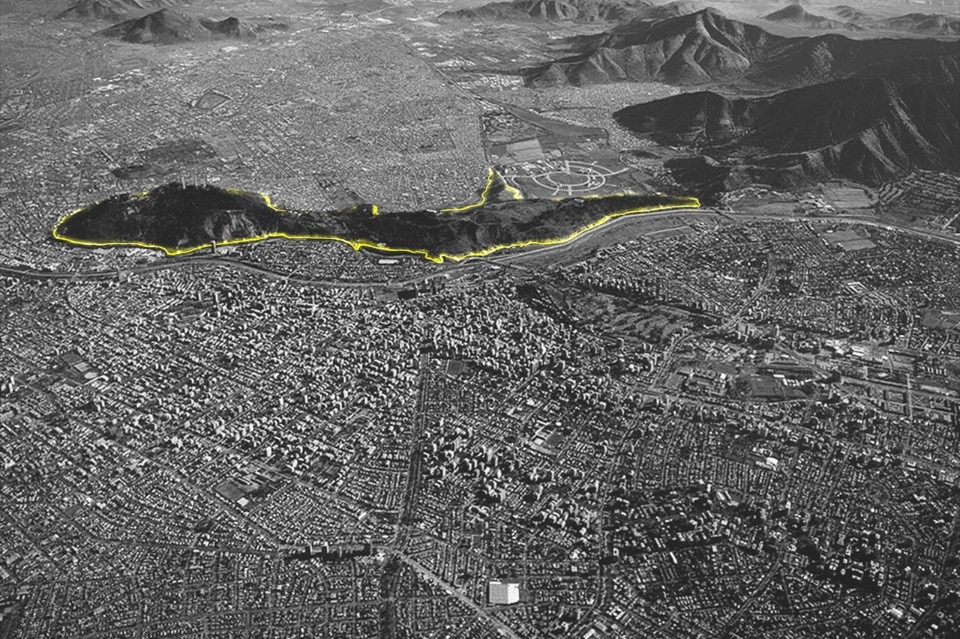Be it a case of building, regenerating or safeguarding – because it is, to a large degree, this that we are also talking about – the key question is certainly the architect’s role as a creator but also a bearer of “public good”. What is at stake is the permanent obsolescence of the decorative role of architects as against their true efficacy in issues that concern us all and in a rapprochement, frequently mentioned by Baratta, between the civil world and that of architecture, to a great extent and for far too long pointlessly shielded behind irrelevant issues.
In “The Circular City”, published in the Smart City supplement to issue 996 of Domus, Roberto Masiero and Federico Della Puppa evoked the passage from the concept of our planet as a land of conquest, in the style of the Far West prairies, towards that of a rocket ship launched into space, where all those living together on it are interdependent with each other and with the environment in which they are enclosed, albeit projected towards a distant horizon. This image completes Bruce Chatwin’s, adopted as the symbol of “Reporting from the Front”, and it illustrates another possible horizon beyond this Biennale, in the hope that the urgency of the issues fielded does not become another excuse to shift the problems onto a plane where architects once again become inconsequential, this time forever.
Top: Elemental, aereal view of the Metropolitan Promenade, Santiago, Chile


